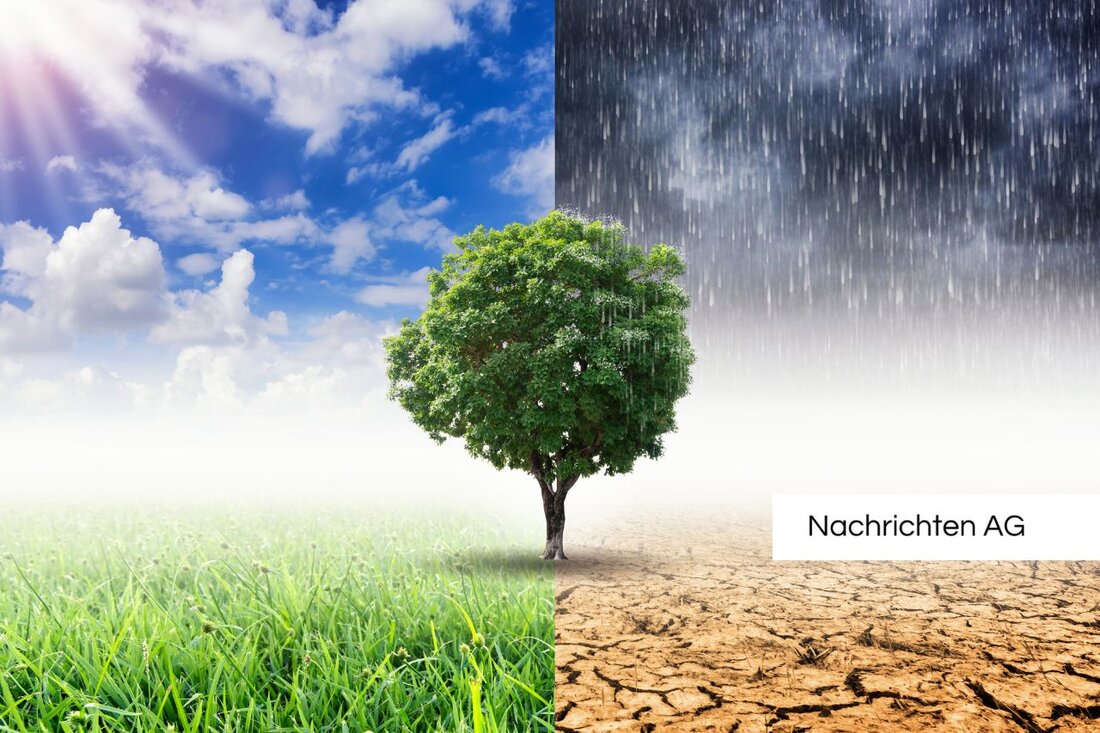Climate change meets Berlin: Die city trees die, drought remains a challenge!
Climate change meets Berlin: Die city trees die, drought remains a challenge!
Berlin, Deutschland - The challenges of climate change are also clearly noticeable in the Berlin-Brandenburg region. The science team around Prof. Dr. Eva Paton from the TU Berlin examined the adaptation measures to weather extreme as part of the "Climate and Water Under Change" project. The past few years in particular have shown how important it is to adjust to drought and heavy rain events. From 2018, Germany experienced two successive drought years, which led to dramatic changes in the landscape.
drought and drought in German hydrological research have been neglected by 2018. Only the massive lack of water and the associated forest fires caused a rethink. Even the city trees in Berlin suffer from these conditions: In the absence of irrigation systems, they are often abandoned, which leads to a worrying decline in the green oases.
precipitation as a challenge
In Germany, precipitation is often seen as a problem and not a valuable resource. "Moos and putrefaction", many think when they think of water in urban space - but Prof. Paton's team wants to change that. Less than five percent of the areas in Brandenburg are irrigated, at the same time the temperatures and the frequency of lightning villages increase. These developments are a serious challenge for agriculture where well -considered strategies are required.
farmers may be forced to switch to drought -resistant plants such as millet, soy and lenses, while the rainfall in the region does not change significantly. Instead, it is the longer rain breaks and the more intensive precipitation that always cause surprises. The CLIWAC project has set itself the goal of collecting and saving rainwater in order to avoid the drain through the sewage system.
The preservation of the city trees
Another focus is on the preservation of the city trees in Berlin. The high mortality has been alarming since 2018 and endangers the valuable biodiversity and air quality in the city. In order to ensure the survival of the trees, the conditions for your care urgently need to be improved. Suggestions for rainwater use include the connection of roofs with irrigation systems, trough -shaped tree slices and cisterns that could be used in a targeted manner.
The planning of urban green spaces is crucial. It must focus on the availability of water in order to ensure the survival of the plants during drought. It remains to be seen whether those responsible in cities such as Cologne will tackle these challenges, because here too there is an urgent need for awareness of sustainable water management.The current weather conditions that are characterized by many clouds, shower and thunderstorms make it clear that people have to adapt to climate change for better or bad. But positive developments are also necessary. In the coming weeks we will be curious to see how the discussion about climate adaptation will continue to develop, especially in the urban environment.
Another current topic shows what the situation looks like in other regions: In the broadcast of the NDR Necessity of adaptation strategies to weather extremes in cities. Here, too, it is clear that the challenges are immense not only in the country, but also in urban centers. The age of adaptation has started - and it remains exciting to see how cities like Berlin and Cologne will react to it.
| Details | |
|---|---|
| Ort | Berlin, Deutschland |
| Quellen | |


Kommentare (0)